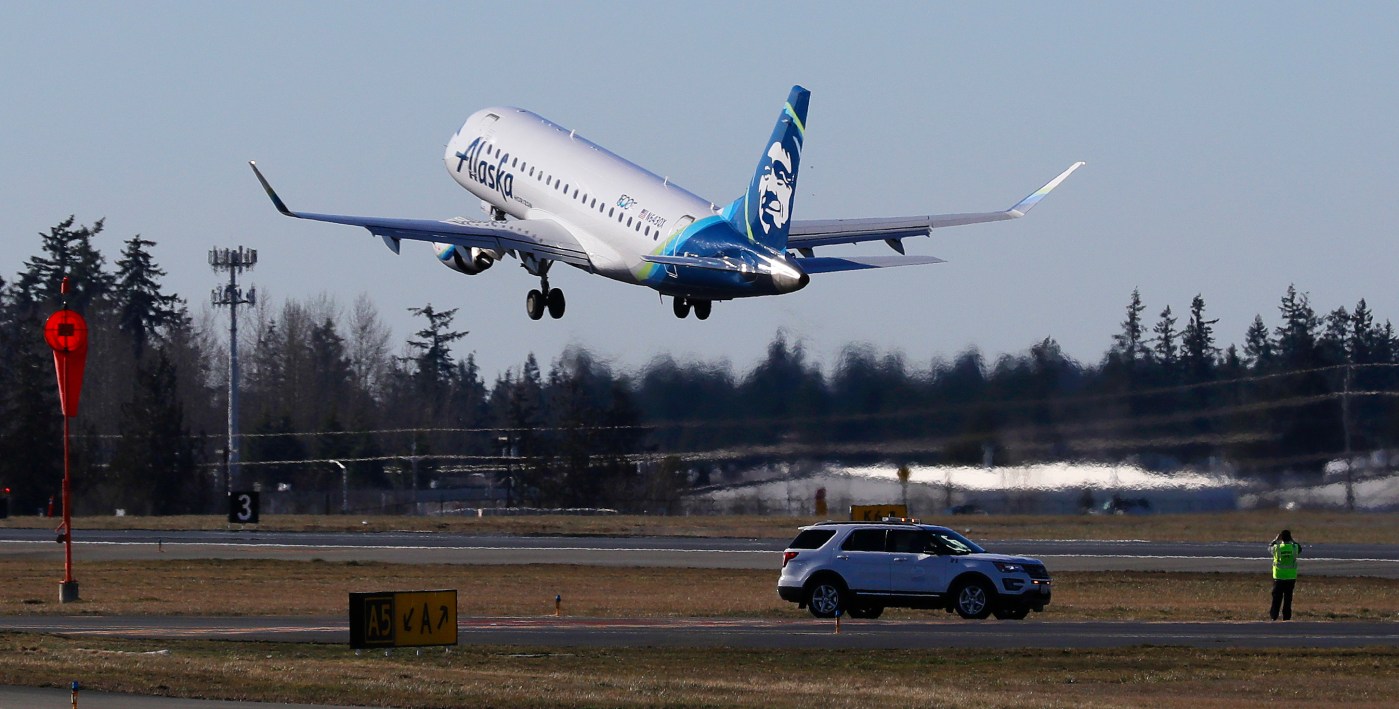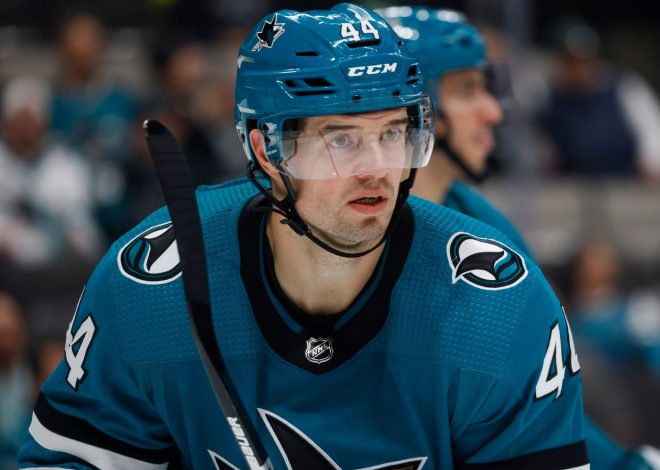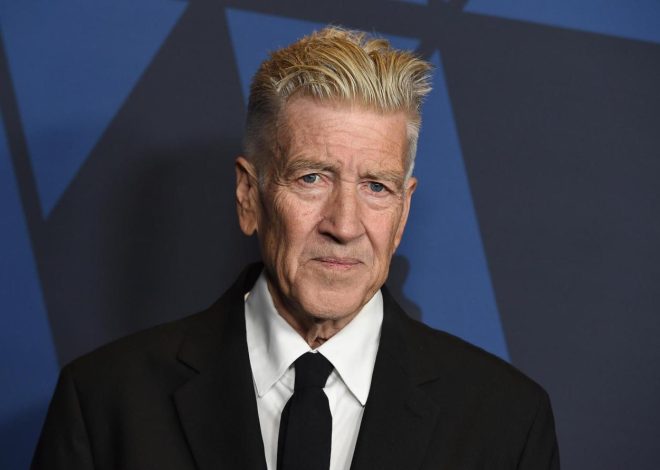
Mailbag: Unsustainable Big Ten travel, Pac-12 media options, CFP scenarios, the UNLV issue, Cal State matters and more
The Hotline mailbag publishes weekly. Send questions to [email protected] and include ‘mailbag’ in the subject line. Or hit me on the social media platform X: @WilnerHotline
Please note: Some questions have been edited for clarity and brevity.
Is it feasible for USC, UCLA, Oregon, and Washington to continue competing across multiple time zones in the long term, given the challenges it presents? Should the Big Ten consider additional West Coast expansion to minimize travel and reduce the undue stress on student-athletes? — JonBernal19
We could devote thousands of words to this topic but will attempt to cover the relevant ground in mere hundreds.
Above all, know this: Not only do we think the current state of affairs is impractical over the long haul, nobody in college sports believes it’s practical over the long haul — or that it will continue into the 2030s.
It’s a temporary existence, at least for basketball and the Olympic sports.
Football is different because there are three or four trips per season, each lasting one or two nights courtesy of chartered flights.
Competitively, the travel threatens to undermine success for the West Coast quartet, especially when they are forced to play at 9 a.m. Pacific on campuses in the Eastern and Central Time Zones.
It’s not ideal for the 14 Big Ten schools on the other side of the Rockies, either, but they have far fewer cross-country trips to make in a given year.
That said, it could work over time, which is one of several reasons the smartest folks in college sports believe football will eventually break away.
For basketball and the Olympic sports, the current situation for the West Coast quartet is pure, unsustainable insanity.
There is no argument (none, zero, zip) to be made that it’s beneficial for the athletes, and any coach or administrator who tries to convince you otherwise is being insincere.
To be fair, we should note that the Big Ten has done everything possible with its schedule matrix to limit the travel demands for all the teams and athletes.
(Don’t forget, the situation is difficult for the 14 continuing schools, as well. Their sports teams have to fly to the West Coast for events that used to be held exclusively within the conference’s traditional borders.)
But the reality is stark: Only so much mitigation can be achieved when 22.2 percent of your membership is located two time zones away.
Which brings us to the current competition year.
The Hotline examined the 2024-25 conference schedule for Washington’s men’s basketball team to gain clarity on the looming travel demands.
Starting Feb. 1 and continuing through the Big Ten tournament, the Huskies will make four trips across the country in seven weeks.
Here’s is the breakdown:
Week of (Monday) Jan. 27: at Minnesota
Week of Feb. 3: vs. Nebraska, vs. Northwestern
Week of Feb. 10: at Ohio State, at Penn State
Week of Feb. 17: vs. Rutgers, at Iowa
Week of Feb. 24: at Wisconsin, vs. Indiana
Week of March 3: at USC, vs. Oregon
Week of March 10: at Big Ten tournament (Indianapolis)
If you assume one travel day before the scheduled competition, the Huskies will cross 20 time zones and be on the road 18 of 42 days — and that doesn’t include the taxing travel time home, which we presume will take place immediately after the final game of each trip.
Nor does it account for travel difficulties caused by winter weather and/or trouble with arranging chartered flights.
And it will be more than 18 days if the Huskies advance in the conference tournament.
If you think UW’s schedule is an outlier, well, consider that USC’s women’s basketball team has a stretch from early January through early February in which the Trojans are on the road for 16 of 34 days.
That hardly seems like an ideal situation for the athletes’ welfare — or for their competitive success.
But at least the basketball teams will have regular access to chartered flights. The Olympic sports won’t be as lucky.
The situation seems unsustainable to the Hotline but makes perfect sense given the primary mission of institutions of higher education is to ensure their football games are on Fox — err, never mind.
With regard to options for limiting the demand on the athletes, there was an easy solution:
Had the Big Ten added Stanford and Cal to create a six-school western arm, the increased intra-regional game inventory would have decreased the number of trips east for the West Coast schools and the number of trips west for the 14 continuing members.
But Fox didn’t deem the Bay Area schools a worthy investment, they signed a 12-year deal with the ACC and here we are.
Would Oregon be in better position if it lost the Big Ten title game? Looking at the current College Football Playoff bracket, most projections would tell you to drop and take the No. 5 seed to host Boise State, then play Iowa State on a neutral site. — Will D
I am not sure which projections you’re referencing, and they will assuredly change following the conclusion of the Week 8 games. But as we get closer to the CFP announcement on Dec. 8, there will be plenty of speculation about the best competitive path through the new postseason format:
— Are teams better off losing in the conference championship in order to get the No. 5 seed, play the weakest at-large team at home (two weeks later) and limit the break before the quarterfinals on New Year’s Eve/Day?
Or would teams be better served by winning the league and resting for three-and-a-half weeks, followed by the quarterfinals at a neutral site?
Or might you be better off not even playing in the conference championship, then hosting an opening-round game?
At this point, the answers are unknowable. But in the hypothetical noted above, the Ducks should be wary of drawing Boise State after the three-point game at Autzen Stadium last month. The Broncos undoubtedly would love a rematch.
That said, we are fairly confident in the following:
Whatever scenario avoids an opening-round game on the road against the second-best team in the SEC is the most favorable path.
How long is a reasonable timeframe before the Pac-12 can expect to receive media proposals? The end of October? The end of November? — @BruinStrmShadow
My suspicion is the conference will have offers in November, but that doesn’t mean the deal will be signed and sealed in the next six weeks.
The more layers involved, the more time required for media rights contracts to be completed. And the Pac-12 is likely to have several layers.
First, it will be a new deal, not the extension of an existing arrangement.
Second, it assuredly will have both linear and streaming components, with the latter potentially taking advantage of Pac-12 Enterprise’s production capability.
Third, the agreement probably will feature multiple media companies.
Maybe the conference signs a deal that places football games on The CW or Fox and ESPN+ while basketball games appear on Turner and ESPN+.
Whatever the combination, the Pac-12 will probably have a decent idea of its market value in the next month or so, but the final step could take additional time — perhaps even into early 2026.
With Hawaii in the Mountain West officially, where does the Pac-12 turn as the conference looks to get an eighth full member? — @MarcSheehan006
It depends, in large part, on the initial feedback from potential media partners.
As we reported weeks ago, none of the schools associated with the conference since the second expansion phase began — from Memphis and Tulane to Texas State, UNLV and Sacramento State — will materially change the media value.
Whatever offers the Pac-12 receives initially are unlikely to shift more than 10 percent based on the identity of the eighth full member, according to a media industry source.
If the Hotline were forced to bet a nickel on the final school, we’d probably pick Texas State. (The move into Texas makes sense on several levels.) That said, there could be more than one addition by the time everything settles.
And don’t ignore the unknown unknown — the potential for the Pac-12 to do something nobody has considered.
Regarding UNLV and the Pac-12, I understand the emotional reasons why the conference doesn’t want more money paid to the Rebels than what they received. But isn’t that putting emotion ahead of logic? They need another school, UNLV is the best fit, and I’m guessing UNLV will change its mind if the Pac-12 offers the same $20 million the Mountain West promised them. — Joe
Even if the Rebels were available to the Pac-12, they are not worth the $20 million (or whatever the Mountain West has promised).
The media narrative has elevated UNLV’s importance in the realignment puzzle far beyond reality.
Perhaps this is a result of the Mountain West turning UNLV and Air Force into the centerpieces of its new existence, but it certainly doesn’t mean the Rebels suddenly have more value than they did a year ago.
UNLV fits with the Pac-12 because Las Vegas fits with the Pac-12, not because the school itself would elevate the Pac-12’s brand value and change the trajectory of the media rights negotiations.
The conference would be better off financially if it saved the $20 million, offered Sacramento State membership with a 10 percent revenue share for five years, then split the remaining 90 percent among the other seven schools.
Oregon has wins over No. 15 Boise State and No. 4 Ohio State. Do the results matter? They don’t according to ESPN’s latest Football Power Index. Thank goodness humans are involved in the process, right? — Jon J
Yes, humans are involved — for now. The SEC and Big Ten are assessing the viability of the selection committee in the next version of the CFP, which begins in the fall of 2026.
Commissioners Greg Sankey (SEC) and Tony Petitti (Big Ten) have made no secret of the scrutiny they plan to place on the process, particularly on the emphasis given to strength-of-schedule.
In short, they don’t want two-loss teams from the ACC and Big 12 to receive at-large bids at the expense of three-loss teams from their leagues that will, in theory, have played stronger schedules.
Easy example: Georgia finishes 9-3 with close losses to Alabama, Texas and Tennessee but is left out of the CFP in favor of two-loss Iowa State, Kansas State or Miami.
Sankey would blow a gasket.
A selection process based on computer modeling that leans into schedule strength potentially would give strong preference to the SEC and Big Ten, and they are running the show.
Are the California State University system regents similar to the University of California system regents in that they could review and have something to say about San Jose State being left behind by Fresno State and San Diego State? Or is this just small potatoes compared to Cal and UCLA? — @Brian_Wood45
First, the CSU does not have regents. A board of trustees provides the needed oversight.
Related Articles
Oregon beats OSU on the field, then beats USC on recruiting trail
Week 8 picks: Oddsmakers don’t know what to make of the Big 12, either
On media: The top-rated games of 2024 (thus far) and how they reflect conference realignment
Holy Score: With Rising out and Wilson in, Utah follows BYU’s path
Big Ten midseason report: Best (and worst) from the first half of ’24
And with regard to this situation in particular, there’s no motivation to prevent San Diego State and Fresno State from leaving for the Pac-12 without San Jose State — at least as far as the Hotline is aware.
That approach makes perfect sense given the difference in conference affiliation that has long existed between San Jose State, for example, and Long Beach State, which competes in the Big West.
According to numerous sources, SJSU was left behind because of years of institutional neglect for the athletic department as compared to other schools in the Mountain West, not because of anything that was or wasn’t done in the past few months.
Will the new revenue sharing with athletes really reduce the current name, image and likeness (NIL) reality of playing “for the highest bidder”? Won’t there still be collectives that can pay athletes for endorsements over and above whatever the school does? — lucky_dog7
Yes, the multi-billion settlement of the House v NCAA lawsuit clears the way for revenue sharing with the athletes but does not eliminate NIL.
The cash will continue to flow from collectives into the pockets of the players, who will have three sources of financial support: scholarships; revenue sharing; and NIL.
There has never been a better time to be a college athlete. In fact, they might have it too good for the NCAA’s own good.
The only way to create a lasting, reasonable NCAA structure is through collectively bargained contracts with players unions in each sport. But the athletes have it so good, there is no incentive to unionize.
The NCAA screwed up so badly trying to enforce antiquated (or unjust) rules that the result is a landscape run amuck.
*** Send suggestions, comments and tips (confidentiality guaranteed) to [email protected] or call 408-920-5716
*** Follow me on the social media platform X: @WilnerHotline


